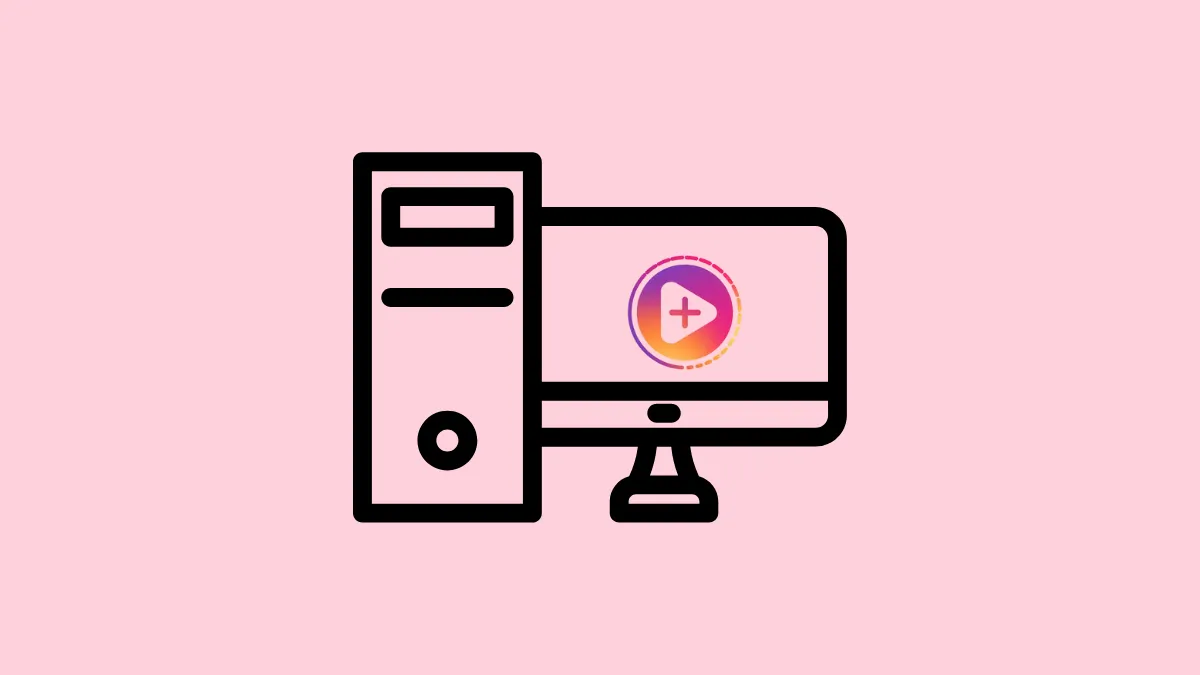Instagram's mobile app is the standard method for posting Stories, but sometimes you might prefer using your PC or laptop. Whether it's for convenience, workflow efficiency, or simply because your content is already on your desktop, there are reliable ways to post Instagram Stories directly from your computer. Below are three effective methods to accomplish this task.
Method 1: Using Browser Developer Tools (Chrome, Firefox)
The quickest way to upload Instagram Stories from your desktop is by leveraging your browser's developer tools to mimic a mobile device. This method bypasses Instagram's desktop limitations by making the website think you're accessing it from a smartphone.
Step 1: Open your preferred browser (such as Chrome or Firefox), navigate to Instagram's official website, and log in with your credentials.
Step 2: Right-click anywhere on the page and select Inspect to open the developer tools panel. Alternatively, use the shortcut Ctrl + Shift + I (Windows) or Cmd + Option + I (Mac).
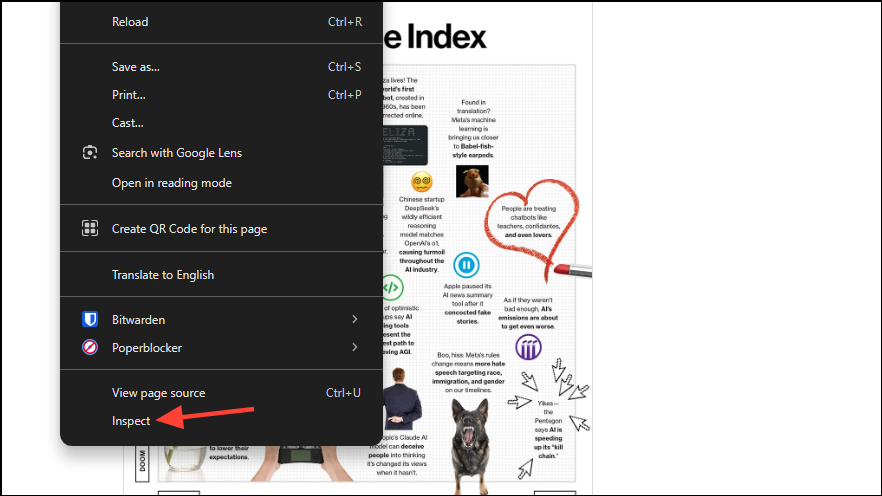
Step 3: In the developer panel, click the mobile device icon located at the top-left corner (beside "Elements") to activate mobile view. Choose a mobile device model (e.g., iPhone) from the dropdown menu at the top of the page.
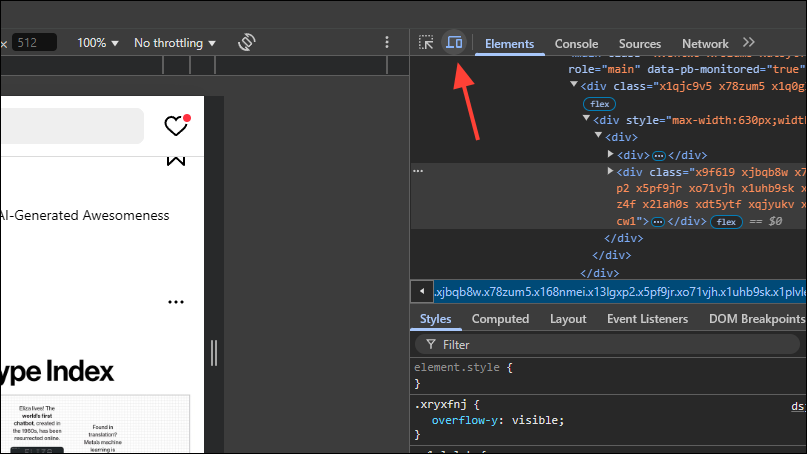
Step 4: Refresh the page to load Instagram in mobile view. You will now see the familiar "+" icon at the top-right corner. Click this icon, select "Story," upload your image or video from your desktop, and click "Add to your story."
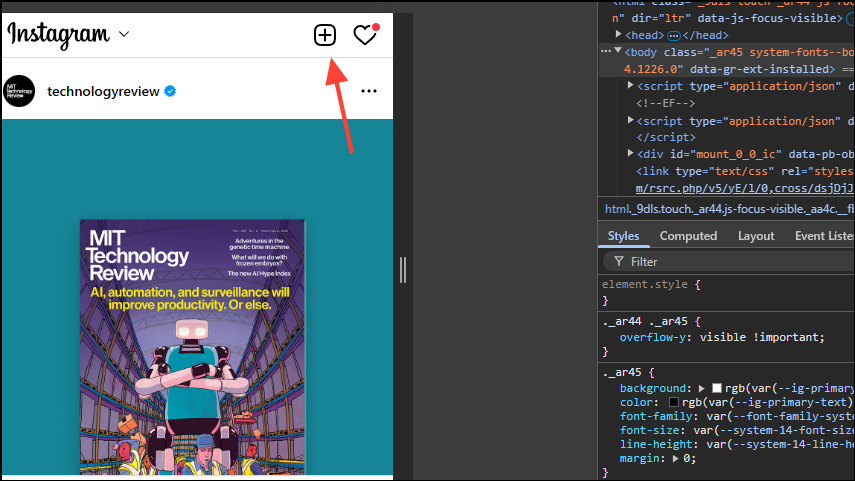
Please note, this method limits your editing capabilities. You won't be able to add music, interactive stickers, or certain effects that are available in the mobile app.
Method 2: Using Third-Party Scheduling Tools (Metricool)
Another effective way to upload Instagram Stories from your desktop is by using third-party scheduling tools like Metricool. This approach not only allows you to post Stories but also schedule them for automatic publishing at a later time. However, you will need to convert your Instagram account to a professional account to use it.
Step 1: Go to Metricool's website and sign up for a free account. Choose how you want to use Metricool and other details like your place of work and purpose of using the tool.
Step 2: Once registered, log in and connect your Instagram account securely. When Instagram asks whether you want to convert your account to a professional account, click the 'Confirm' button.
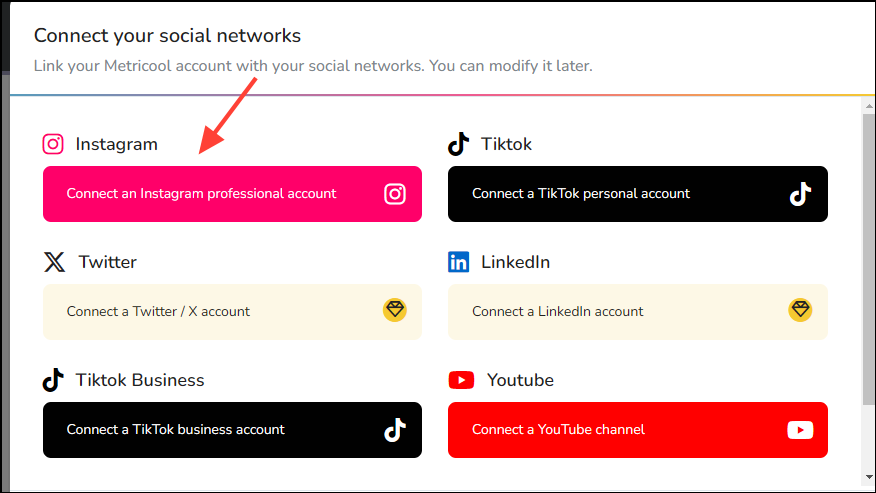
Step 2: Navigate to the "Planning" section within Metricool, and click on "Create New Post." From the dropdown menu, select "Story."
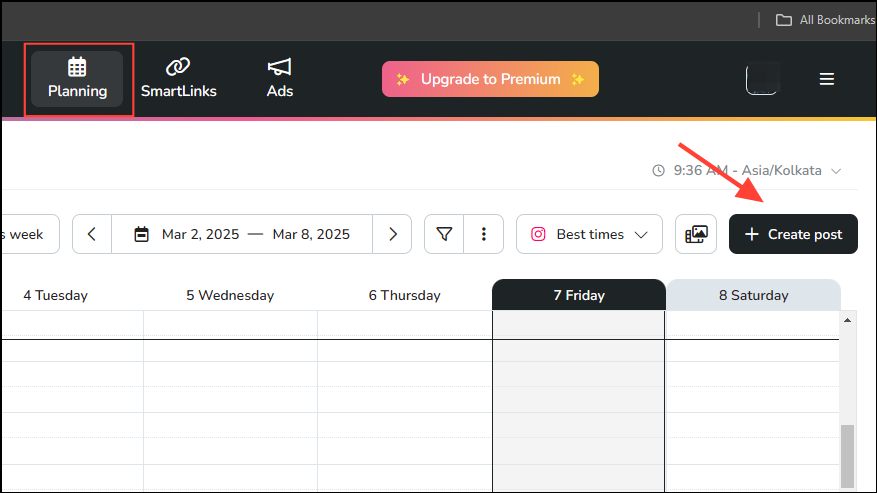
Step 3: Upload your content, ensuring the crop ratio matches Instagram's Story dimensions (Metricool provides a simple button to select the correct ratio).
Step 4: Choose the date and time you want the Story to go live, then click "Save and schedule." Metricool will automatically publish your Story at the specified time.
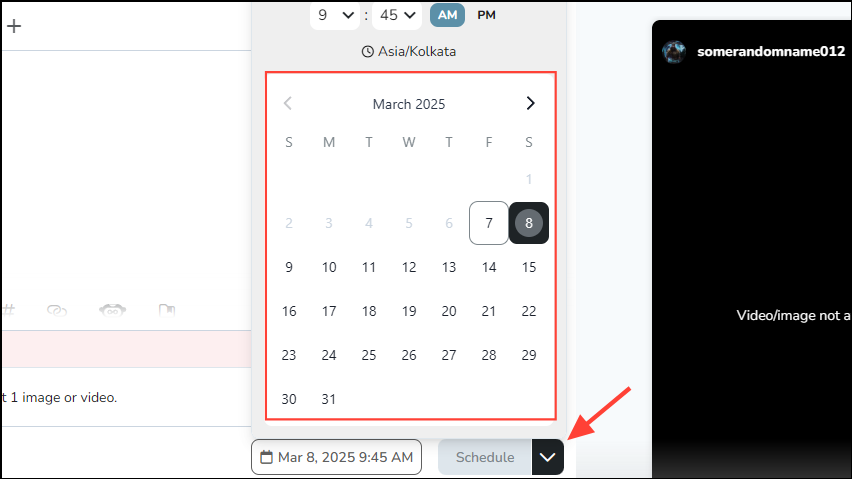
After posting, Metricool also provides helpful analytics like impressions, reach, replies, and viewer interactions, allowing you to measure your Story's performance effectively.
Method 3: Using Dedicated Chrome Extension (StoryTeller)
If you prefer a browser extension for simplicity, the Chrome extension StoryTeller offers a straightforward way to upload Instagram Stories directly from your desktop.
Step 1: Visit the Chrome Web Store, search for "StoryTeller," and add the extension to your Chrome browser.
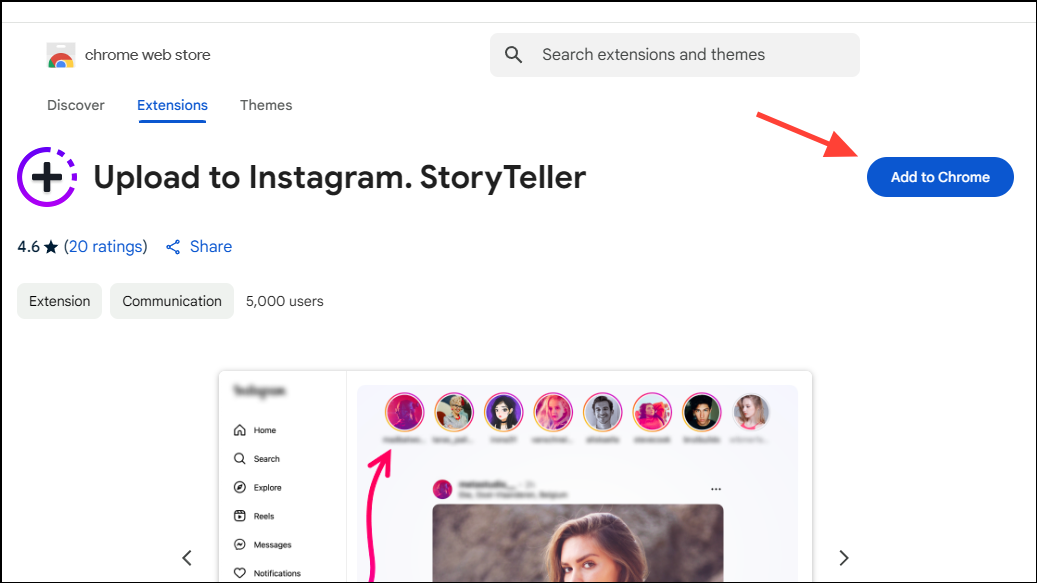
Step 2: Once installed, click on the StoryTeller icon in your browser toolbar, log in with your Instagram account, and you'll see a user-friendly interface for uploading Stories. Click 'Upload Story' at the bottom.

Step 3: Upload your desired content, perform basic edits, and publish directly to your Instagram Story. StoryTeller simplifies the process significantly, making desktop uploads quick and hassle-free.
This extension also includes options to switch between dark and light modes for a customized browsing experience.
With these methods, uploading Instagram Stories from your PC becomes simple and efficient, helping you streamline your workflow and manage your content more effectively.

